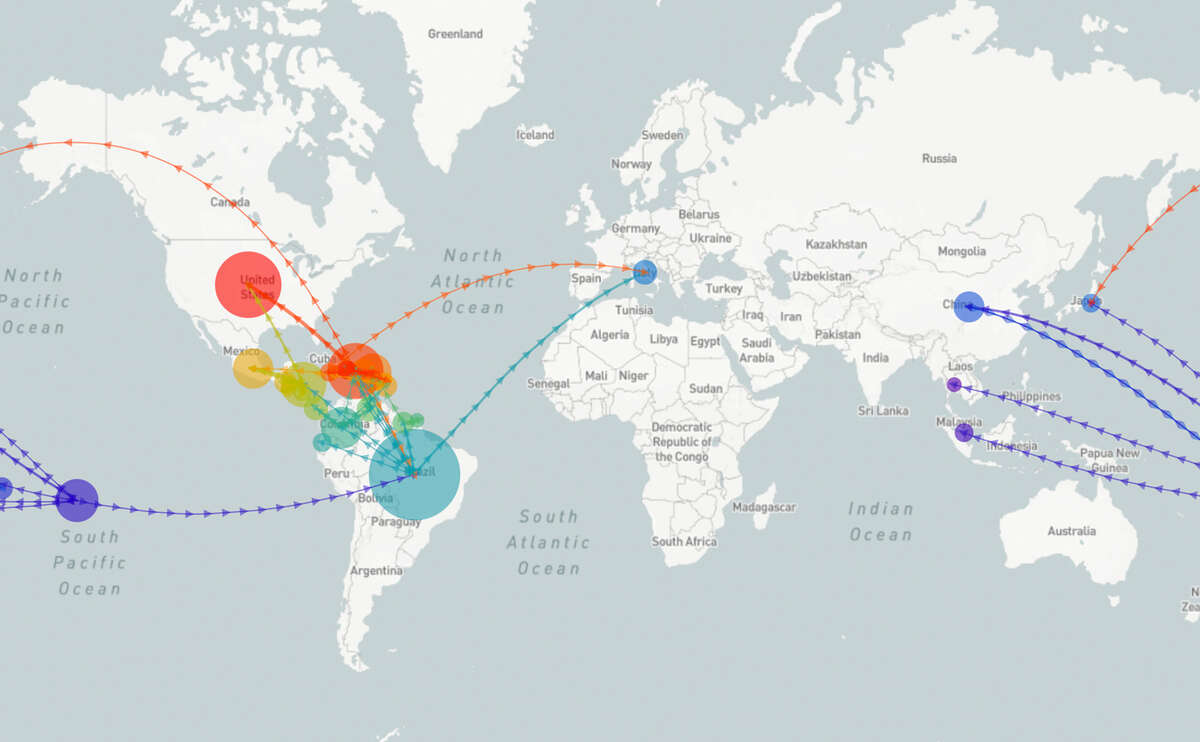Main Content
Evolution of viruses and bacteria
We study how bacteria and viruses change in order to uncover general principles of evolution.
Each year Switzerland experiences an influenza outbreak. Despite best efforts, the influenza vaccine sometimes offers only limited protection. The reason for this is that viruses and other pathogens are constantly changing in response to the pressure of the immune system or drug treatments and thus new strains emerge within a very short time.
Evolution at the molecular level
Our goal is to understand how evolution works at the molecular level and how organisms adapt to changing conditions through random mutations and recombination. Pathogens, such as the influenza virus, HIV and also bacteria, provide excellent model systems for studying the processes of evolution, as these organisms change rapidly and their biology is well understood.
New algorithms to analyze evolutionary dynamics
Our group applies modern sequencing techniques to decipher the genome of thousands of HIV particles and develops new algorithms to elucidate the interactions between HIV and the immune system from these data. We combine methods from bioinformatics, population genetics, and statistical physics.
Predicting the evolution of pathogens
Understanding the processes of evolution and adaptation is important for our efforts to control the spread of infectious diseases. For example, we have developed a method which can predict the evolution of influenza viruses based on their phylogenetic tree (nextflu.org). Such predictions can help to ensure that the seasonal influenza vaccine matches the circulating viruses.



